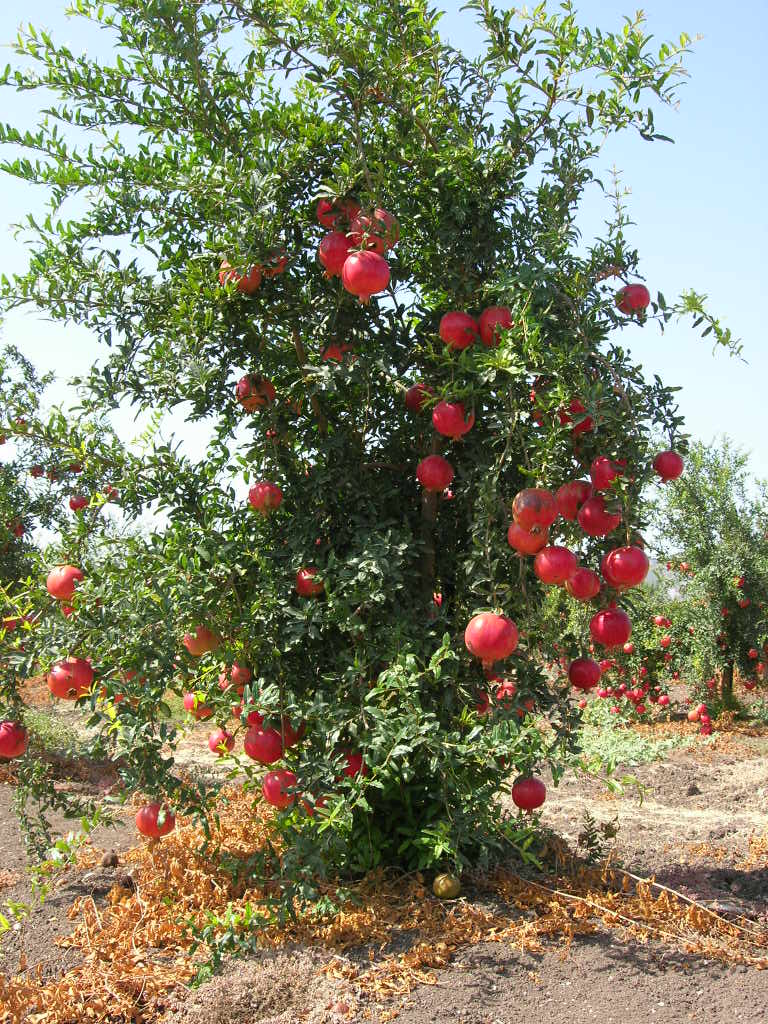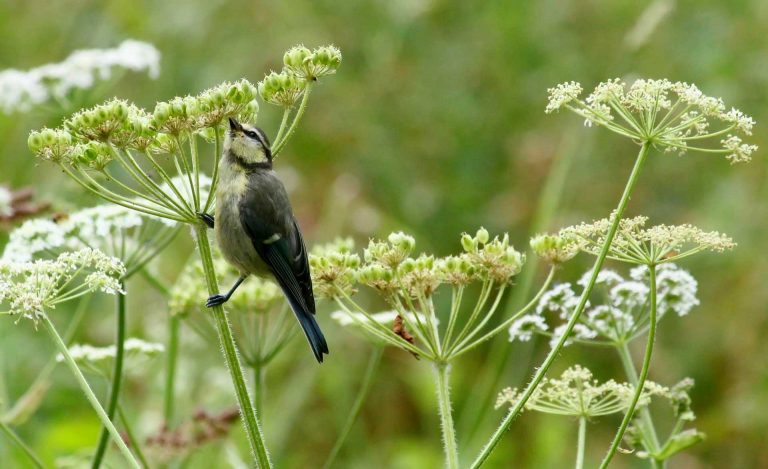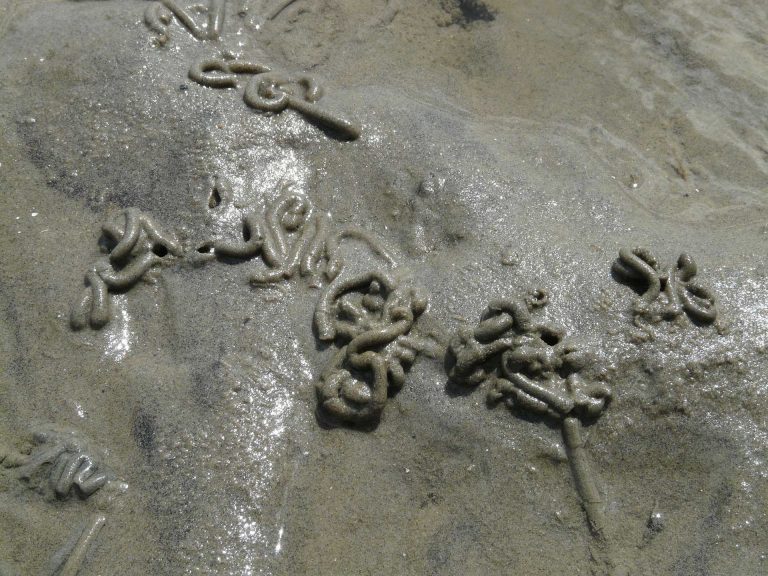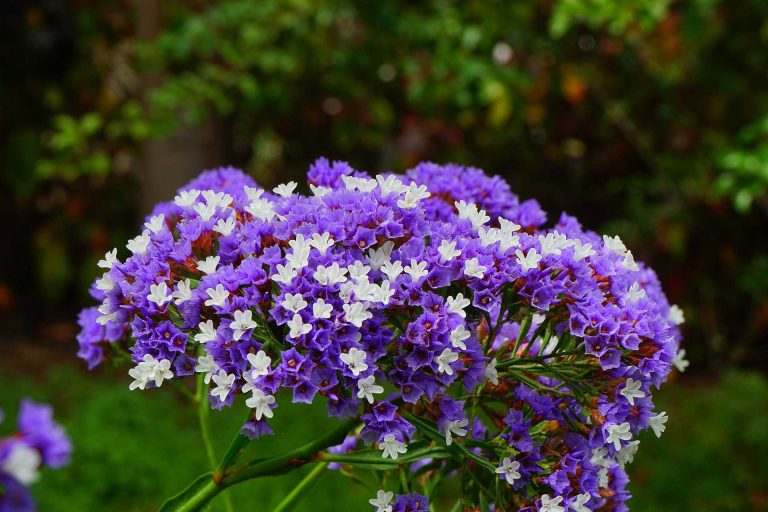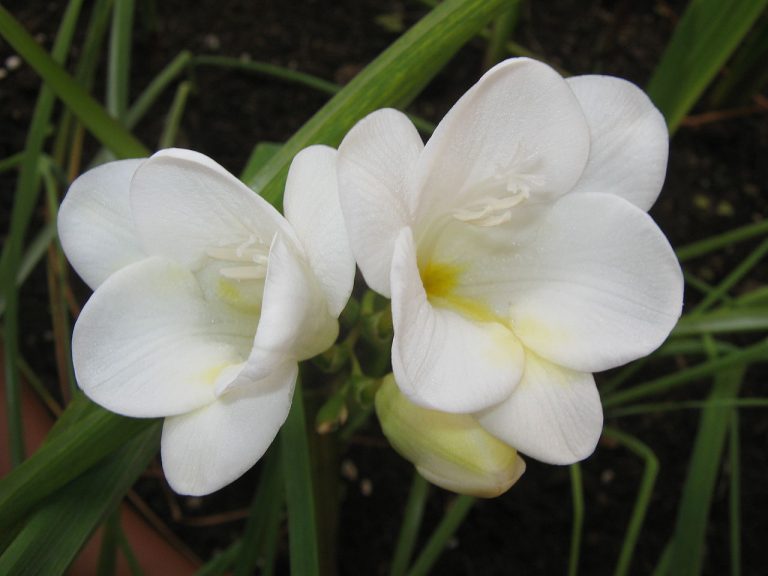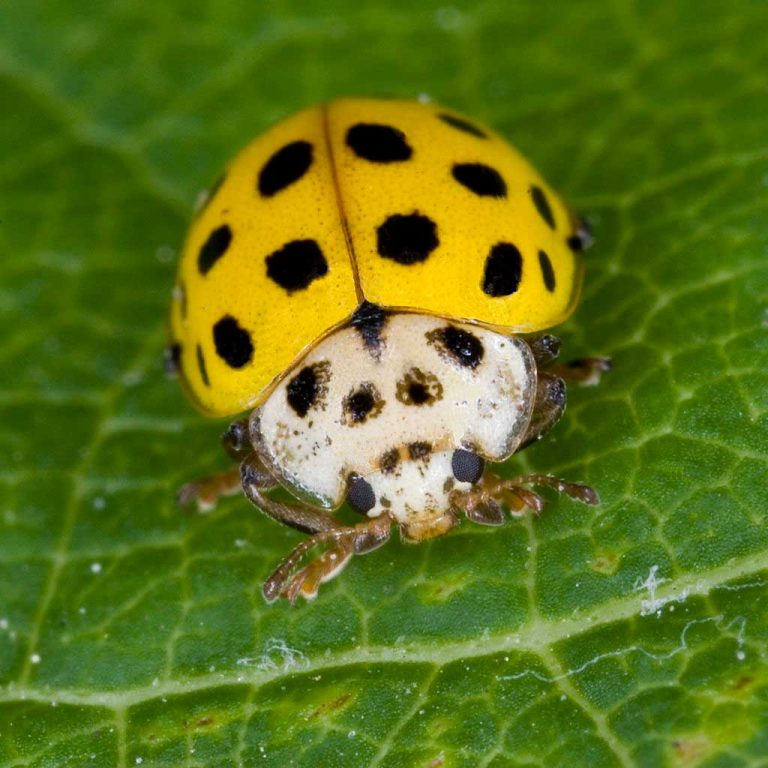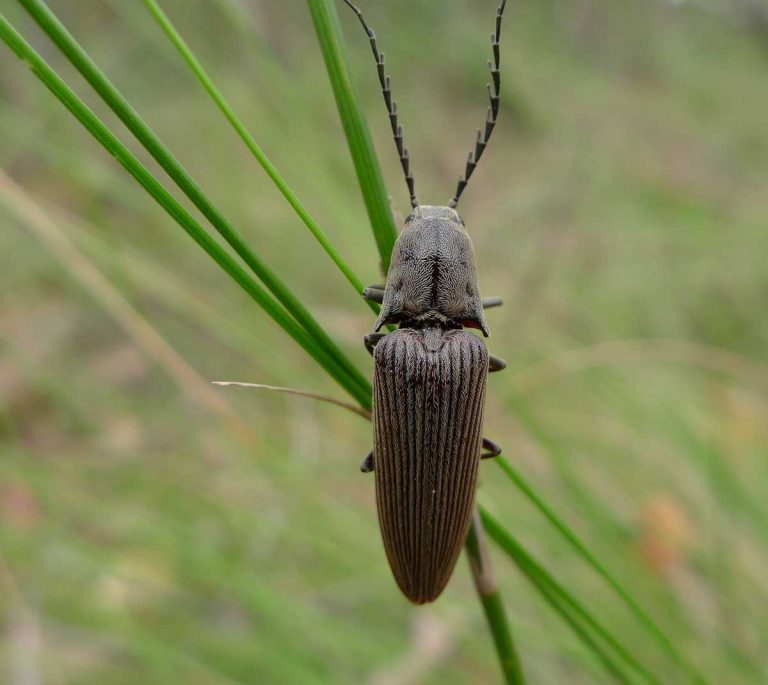Pomegranate
Scientific Classification
| Kingdom: | Plantae |
| (Unranked): | Angiosperms |
| (Unranked): | Eudicots |
| (Unranked): | Rosids |
| Order: | Myrtales |
| Family: | Lythraceae |
| Genus: | Punica |
| Species: | P. Granatum |
| Binomial Name: | Punica Granatum |
Pomegranates are very delicious fruits and very healthy. The botanical name of the pomegranates is Punica Granatum. These are shrubs and very slow growing. Their heights are between 16- 26 feet, which is 5 to 8 meters. This is a seasonal fruit in the Northern Hemisphere, varying from September to February. In the southern hemisphere, the season is from March to May. Pomegranates are used in various varieties and forms. They are used as fruits and for fruit juices. They are used for cooking, baking, and for the purpose of garnishing. They are used for baking, for making smoothies and for alcoholic beverages, in moktails and cocktails, and also for making wine. Pomegranates are very good for the stomach and they are also good for blood circulation in the body. Cancer patients benefit from pomegranate fruit.
The origin of the pomegranates is from the northernmost regions of India, that is the Himalayas and the regions of Egypt. Countries like India, Mesopotamia, the Arabian Peninsula, Persia and Turkey cultivate pomegranates in a large scale. The climatic conditions of these areas are much suitable for the production of pomegranates. You can see all the details about this fruit in many books, including some of those from the ancient Babylonia and also in the book of the Exodus. These were introduced to the world by the people of Latin America and in California by the Spanish people who settled down there in 1769.
Things have changed as many countries have started cultivation in a very large scale. Countries like India and their sub continent, the central Asia, the dry parts of the south east Asia, Mediterranean areas of the Southern Europe, the Middle east and the regions of the Caucasus and also parts of the northern African subcontinent and also the parts of tropical Africa are cultivating pomegranates in large scale to meet the needs of the world. Some parts of California and also Arizona are also cultivating good standard pomegranates. The commercial markets of the Europe and the Western Hemisphere are also cultivating the fruit in a big way.
Anatomy
The pomegranates are very important fruits that have multipurpose usage. The cultivation of the pomegranates has become an important factor in the agricultural field. They are used for consumption for the production of fresh juices and also for medical purposes. As the importance of the fruit has increased in the years, there has been a significant hike in the research regarding the fruit. The investigations have proved great changes in the anatomy if the fruit, including in the exocarp. Latest research about the pomegranates in the research center of the West Mediterranean Agricultural institute and research center, which was conducted using the Hicaznar, proved various characteristics of the fruit. This research institution is one of the most important cultivators of pomegranates and they are the most important exporters of the fruit. To study the fruit anatomy a standard protocol was followed. The anatomy proved certain things about the fruit. They are as follows- the study shows that a cuticle layer is seen on the outer surface of the fruit that is covered by an epidermal cell arranged in a layer to layer pattern and this is seen underneath the cuticle areas. In the pomegranates fruit peel, an outer layer is formed in the structure, which is in the outermost cell layer. The outer peel of the pomegranate fruit shows some characteristics that are shown in other fruits also. Here, the lenticels that function as the stomata are observed in them. This lenticels found in the peel of the fruit are very equally distributed among the epidermis of the fruit. We see the lenticels are mostly in the shape of the lenses. Not in all he fruits, but in certain cases, the exchange of gas is made by the lenticels. The same function can also be performed by the epidermal layer of the pomegranate fruit. These characteristics are seen in the outermost peel of the fruit.
Habitat
The origin of the pomegranate fruit is said to be from the Middle East part of the world. To be more precise parts of northern India and Iran are the countries where the fruit originated. The origin of the fruit may be centuries back as we can find the mention of the fruit in the Holy Bible. So this shows how old the fruit’s history is. The characteristic of the fruit is that they need a protection from the wind and a place with low humidity. Warm areas are especially needed for the best growth of the plant. The plant may survive during rain and drought seasons, but the fruit productivity may be very much affected if the circumstances are not suitable. The plant is best grown in warm and low humidity areas. A good deal of sunlight is needed for the proper growth of the plant and also for the fruiting of the plant. If planted in the shade and shadow the fruit production may be negatively affected. The soil of the area must have a proper pH for the steady growth of the plant. A good drainage system is imperative for the pomegranate plant to grow well. They grow in many sizes and the size and the growth may vary in accordance with the soil, the drainage system, sunlight and much more. They also take root in the loose gravel.
Watering
There is not much of watering needed for the growth of pomegranates. These plants are well suited for dry climatic areas and deserts, but very frequent watering is needed when we are planting the plant. For the plant to establish, proper watering is needed. Once the plant is planted and growth is established the trees can grow and bear fruit with less water as the roots hold moisture.
Temperature and Humidity
You should have a thorough knowledge about the humidity patterns for the proper growth of the plant. You should try to correlate the different humidity parameters and also make a calculation that includes the water vaporization and the calculation of dew points at different pressures, calculation of relative humidity, and the like.
Varieties
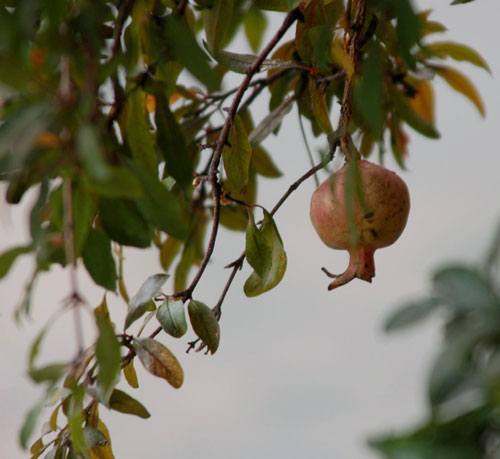
Photo by: Vladimer Shioshvili
There are many varieties of the pomegranate plants available in the market. There are big varieties and small varieties and also dwarf varieties available. Ornamental varieties are also available in the market. P. Granatum Var Nana is a dwarf variety of pomegranate plant. This variety is mostly planted as an ornamental plant. They are planted in gardens and also planted in larger containers and they are mostly used as a bonsai tree. This species can be of a distinct origin with a wild form. This particular species has won the award of the Royal Horticultural Society. There are not many other species available in the market. The other option available is the Socotra Pomegranate, which is found in the island of the Socotra. This variety has a difference in the appearance of the flower. The flowers are pink in color and very small when compared to the other fruits, and the fruits are less sweet when compared to the other pomegranate fruits.
Soil
The pomegranate plant usually grows as shrubs that are large or they also grow as trees that are not that big. The fruit is pulpy in nature and they are red in color. Even though the origin of the plant is in Asia and also found in the Middle East the Americans also grow them. The U S Department of Agriculture, hardiness zone 8 to 10 grows them in the US. The pomegranate plant is a very adaptable fruit, but if planted in proper soil the yield is very good and sumptuous.
Pests
The adult females of the pests lay eggs on the flowers of the pomegranate plant and also on the young fruits. The hatching caterpillar bores into the fruits and they also they feed on the pulp of the fruit. In this condition the fruits get rotten and they drop down. The best way to control these pests is to break them away from the the plant and then throw away or destroy them. All the stages of fruit development have to be properly sprayed with pest control. A spray named called Carbary has to be mixed properly and then sprayed on the fruits in the affected areas, to destroy the pests.
Pests are the biggest enemy that any plants face. The caterpillar eats the leaves and the barks of the plant and they feed inside the pulp of the fruits, destroying the whole of the plant and the growth. We can see these pets as they grow all over the tree and spots can be seen in the plants that indicate the pests in the plant. If this happens, the productivity of the plant is lost and in the course of time the whole of the tree will be destroyed. Some insects that hang in the form of webs are also hazardous to the plant growth. The cleaning process of the dust and the web has to be given utmost most importance. The webs around the plant has to be cleaned with cotton soaked in petrol or kerosene and they can be inserted in the holes and then they holes should be sealed with mud. Without proper care the damages can cause a big loss of money. There are some pests that remain inside fruit that cannot be removed with chemicals or pest control. The use of fly wraps can be used to control pests.
Harvest
The pomegranate fruit grows very well in dry and hot regions and they also grow very well in the subtropical and the tropical regions of the world. They are mostly grown for their ornamental beauty and also for the fruit that is leathery. In cool places they do not grow well and also fail to fruit. The flowers of the plant are scarlet and they are also very attractive glossy green leaves. The trees start bearing fruit 5 to 6 years after they are planted. After the flowers are produced, the fruit matures in 6 months time. To have a big fruit, to have an attractive color and to have a good flavor the temperature or the sun has to be very high. The fruits grow in between may and the march and they can be ripened in a storage even if plucked before natural maturity. In the rainy season you can take away the fruit from the plant earlier so that the skin doesn’t become spotted and waterlogged. The fruit is juicy and very tasty to eat.

Having discovered a fondness for insects while pursuing her degree in Biology, Randi Jones was quite bugged to know that people usually dismissed these little creatures as “creepy-crawlies”.

